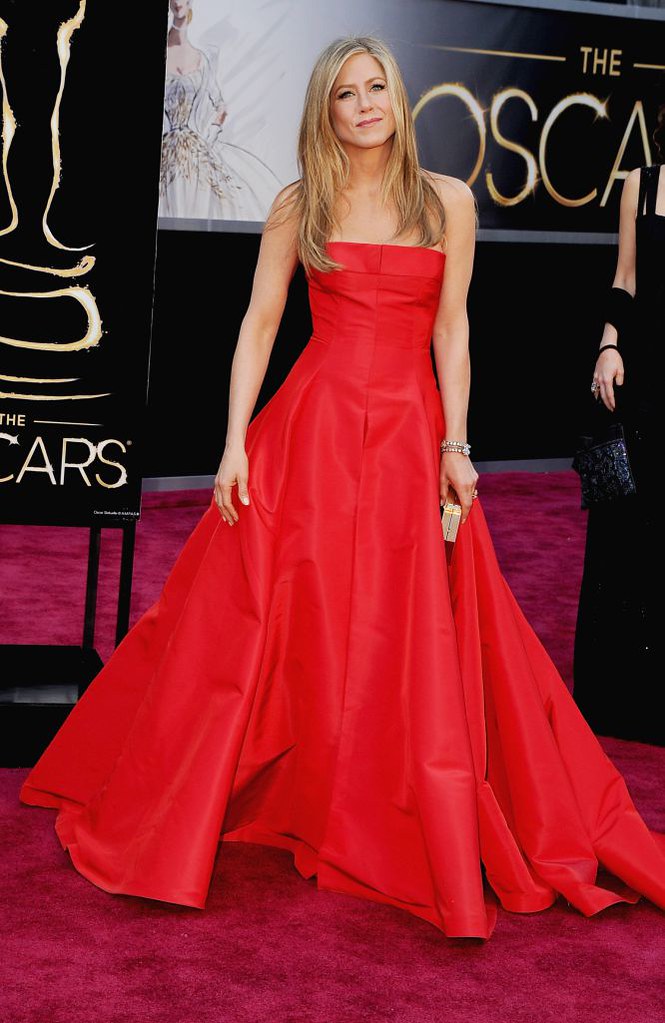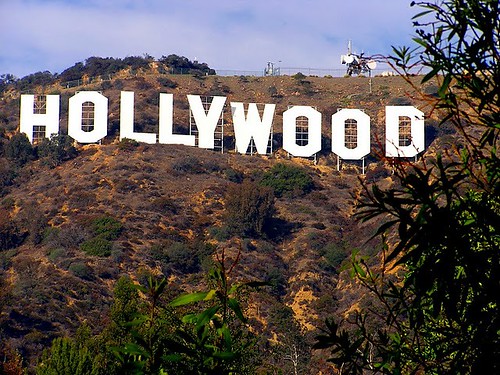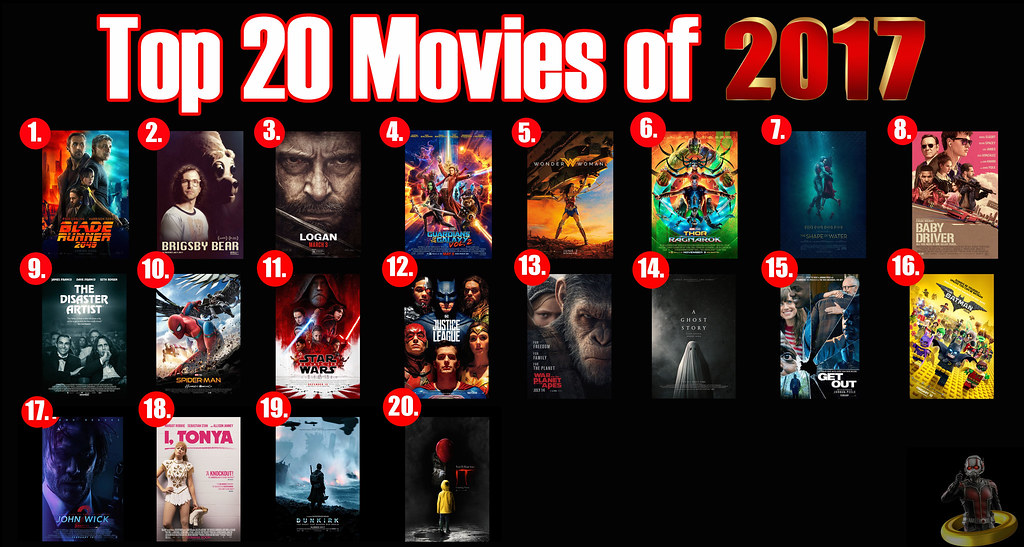
Ever wondered what truly makes a movie unforgettable, a piece of art that transcends mere entertainment to redefine an entire medium? Beyond the glimmer of the silver screen and the comforting rustle of popcorn, some films don’t just capture our attention; they fundamentally shift the very ground Hollywood stands on. They challenge prevailing norms, introduce revolutionary storytelling techniques, or simply tap into the zeitgeist with such undeniable force that the industry — and audiences worldwide — are never quite the same again. These aren’t just great movies; they’re cinematic tectonic plates, causing tremors that echo through decades of filmmaking, inspiring countless subsequent works and shaping the future of the moving image.
From groundbreaking special effects that once seemed impossible to narratives that bravely ventured into uncharted emotional or thematic territory, the rich tapestry of cinema history is dotted with these pivotal moments. These are the films that didn’t just tell stories; they actively rewrote the rulebook, expanding our collective understanding of what movies could achieve, both creatively and culturally. They sparked entirely new genres, launched careers into superstardom, and redefined established categories, leaving an indelible mark on the cinematic landscape that continues to influence creators to this very day. Their impact is not just felt in film schools but in every multiplex and streaming service around the globe.
So, settle in, grab your favorite snack, and prepare for a fascinating deep dive into a list of 12 incredible films that weren’t content with just being popular. They were revolutionaries, trailblazers, and outright game-changers, each contributing a unique and vital chapter to the grand narrative of Hollywood. Get ready to explore the first half of our journey through the movies that truly changed the industry as we know it, setting unprecedented benchmarks and inspiring generations of filmmakers and moviegoers alike. These are the pictures that truly left their mark, forcing Hollywood to evolve and adapt in ways no one could have predicted.
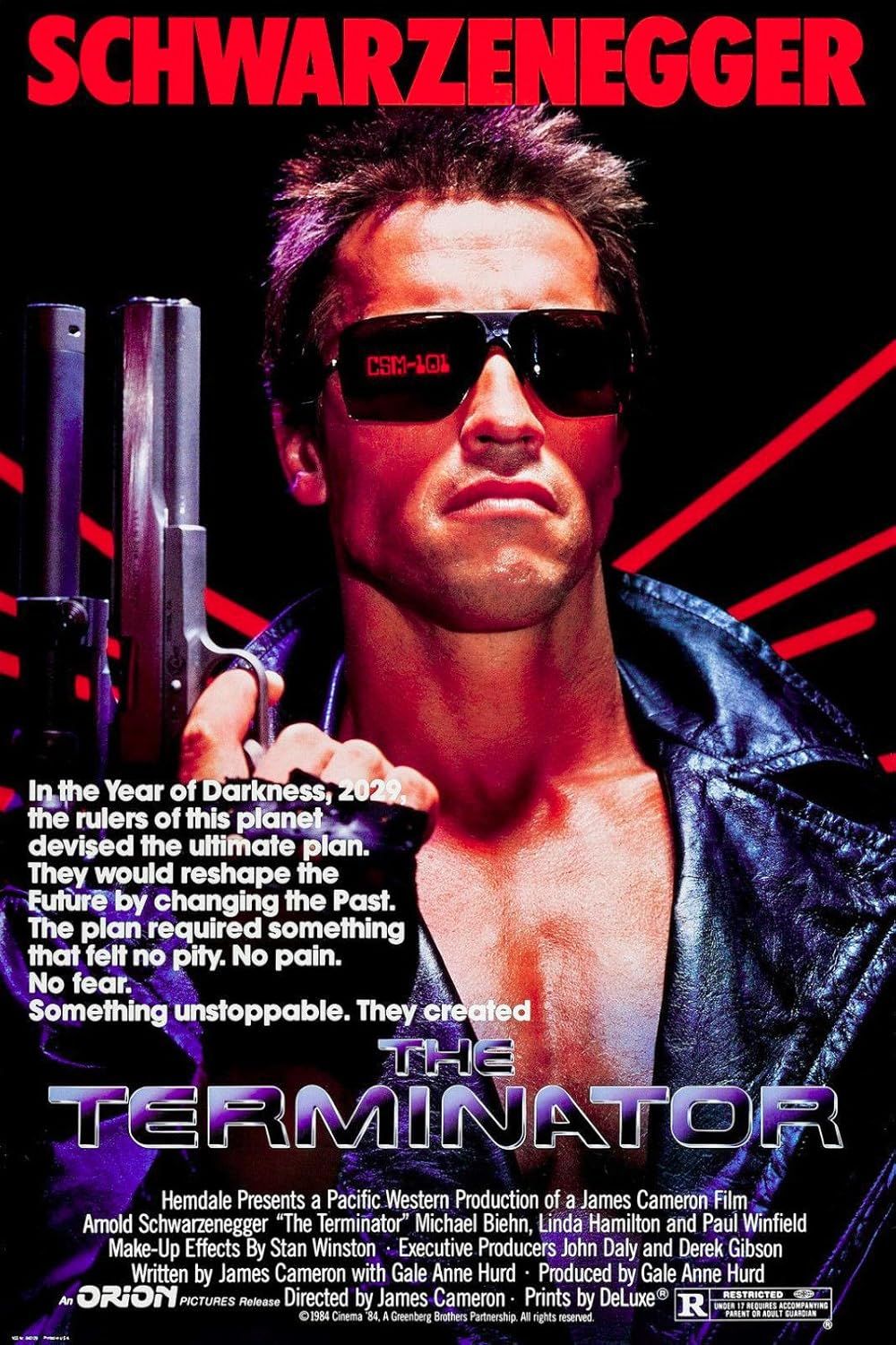
1. **The Terminator (1984)**:It’s almost impossible to talk about films that revolutionized Hollywood without bringing up James Cameron’s electrifying 1984 masterpiece, ‘The Terminator.’ After his ‘Piranha II: Flying Killers’ experience, Cameron could’ve quit. Instead, he made this juggernaut, and ‘the rest, as they say, is history’ – a history forever marked by this gritty, relentless sci-fi action flick.
This film wasn’t merely a hit; it was a revelation. Shot for just $6 million, Cameron ‘cribbed from Michael Crichton’s Westworld and Harlan Ellison’s Outer Limits episode ‘Soldier” to craft a story that felt both primal and terrifyingly fresh. It ‘amped up the action’ in a raw, visceral way, merging slasher suspense with blockbuster thrills, pushing the envelope for independent films.
Arnold Schwarzenegger’s portrayal of the T-800 cyborg killer was instantly iconic, transforming him into a global action superstar. With his ‘shotgun-toting, shades-rocking, time-travelling cyborg killer,’ Arnie became the indelible face of cinematic menace. The film’s ‘relentless tension’ and ‘kinetic thrills of a balls-to-the-wall blockbuster’ set a new standard for genre filmmaking. It proved a low budget could deliver high-octane, unforgettable entertainment that ‘nothing has been the same since.’
The narrative was a marvel of efficient storytelling, presenting a bleak future of machine war and a soldier sent back to protect a future resistance leader’s mother. This premise built genuine stakes, making every confrontation life-or-death. The raw energy and visceral impact, particularly the innovative practical effects for the endoskeleton, were groundbreaking and influential for subsequent sci-fi productions seeking authenticity.
More than just a thrilling ride, ‘The Terminator’ became a foundational text for modern action cinema and paved the way for sophisticated sci-fi narratives. It established a template for intelligent, gripping sci-fi, influencing countless films. Its innovative spirit and groundbreaking vision cemented its place as a timeless classic, a film that undeniably ‘rewrote the rulebook’ for action and science fiction, proving ambition and ingenuity can create cinematic legend.
Read more about: Beyond the Hype: 14 Films That Absolutely Blew Our Expectations Out of the Water
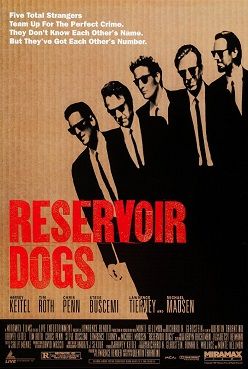
2. **Reservoir Dogs (1992)**:Before ‘Pulp Fiction’ stunned the world, there was ‘Reservoir Dogs.’ Quentin Tarantino’s ‘uber cool and supremely confident directorial debut’ didn’t just announce a new filmmaker; it detonated a cinematic bomb, sending shockwaves through indie film. It was a bold statement, a ‘terrific twist on the heist-gone-wrong thriller’ that fundamentally redefined what audiences expected from crime cinema.
What made ‘Reservoir Dogs’ truly revolutionary was its audacious approach to narrative and distinctive dialogue. ‘For the most part a single location chamber piece,’ the film daringly ‘delights in ricocheting the zing and fizz of its dialogue around its gloriously intense setting.’ This unprecedented emphasis on witty, profane, pop-culture-infused conversations, often more impactful than action, set a new standard for character-driven thrillers and became a hallmark of Tarantino’s style.
The movie was a masterclass in building tension through interaction and torment. It delivered ‘killer lines, killer needledrops, and killer, er, killers too,’ all contributing to an unforgettable experience. It showcased a fresh, non-linear structure, focusing intensely on the desperate aftermath of a botched heist, delving into paranoia and betrayals, rather than depicting the heist itself.
Beyond its stylistic brilliance, ‘Reservoir Dogs’ also challenged conventional morality in crime films. Its characters were complex, brutal, yet human in their desperation. The film didn’t shy from uncomfortable truths or graphic violence, but it always served a narrative purpose. This unflinching honesty, combined with dark humor and suspense, created a visceral, thought-provoking experience that was genuinely fresh.
Ultimately, ‘Reservoir Dogs’ proved independent cinema could be impactful, empowering a new wave of filmmakers. Its success altered the landscape of commercially viable and artistically significant Hollywood productions. It opened doors for diverse voices and storytelling techniques, making it a pivotal moment in modern cinema history, influencing countless indie films to follow.
Read more about: The 15 Most Excellent Movies: From ’84 to ’23, How Many Of These Must-Sees Have You Conquered?
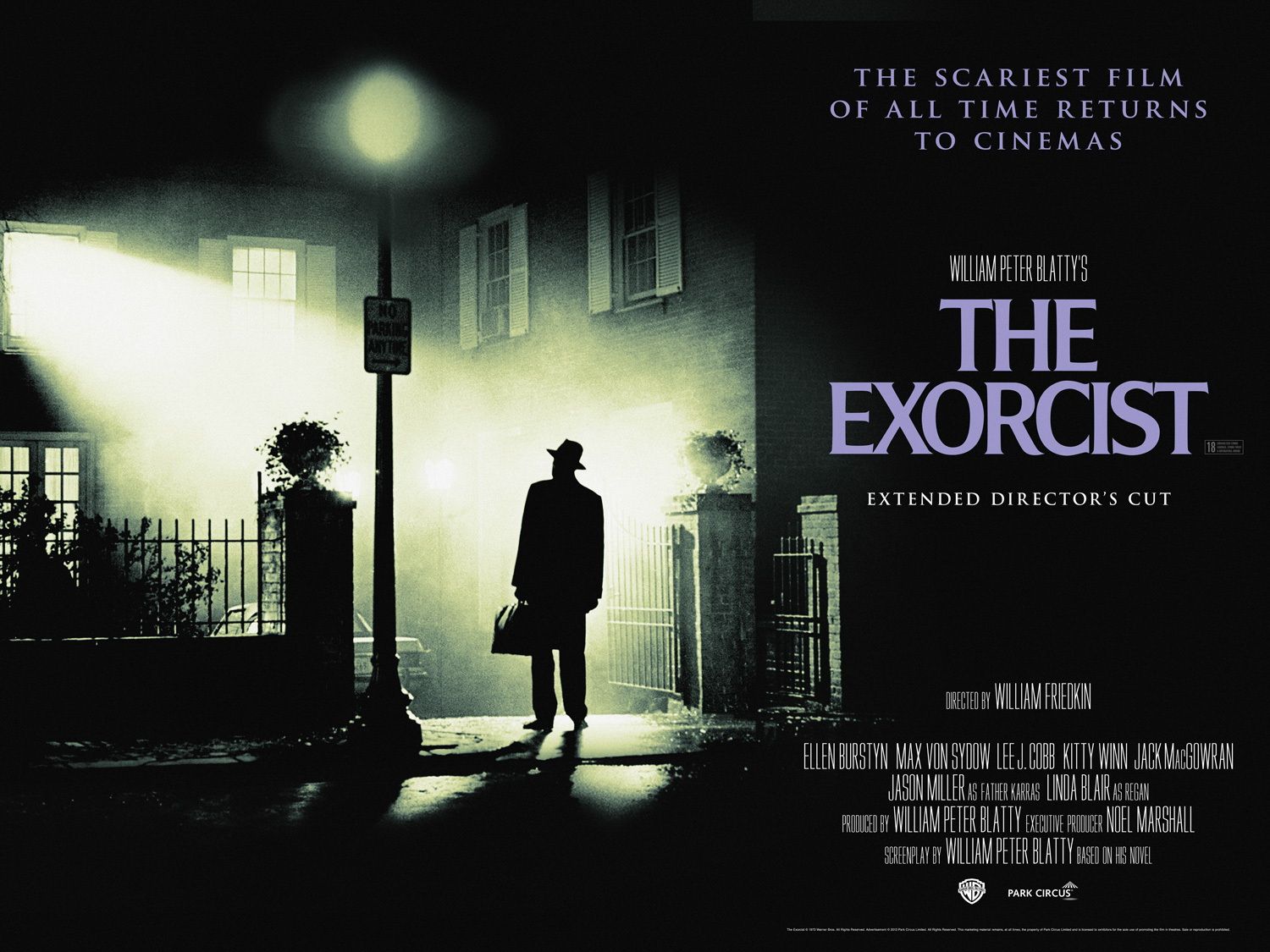
3. **The Exorcist (1973)**:When we talk about films that truly changed the game, especially in horror, it’s impossible to overlook William Friedkin’s chilling 1973 masterwork, ‘The Exorcist.’ For many still, this isn’t just a horror film; it’s ‘the definitive exorcism film,’ a monumental piece of cinematic history that didn’t just scare audiences – it fundamentally disturbed them, lingering long after the credits. This original remains the reigning king of psychological terror.
The film plunged viewers into the harrowing ordeal of 12-year-old Regan MacNeil, played by Linda Blair, who becomes ‘possessed by demonic spirit Pazuzu.’ But it wasn’t solely the now-legendary ‘pea-vomiting, spider-crawling, crucifix-screwing sequences’ that made it a ‘jump-out-of-your-skin shocker.’ While shocking, Friedkin’s true genius lay in something deeper, more insidious, and profoundly unsettling than mere shock tactics.
What truly elevates ‘The Exorcist’ and ensures it ‘continues to affect audiences so deeply today’ is how brilliantly Friedkin ‘skilfully stages a soul-shaking crisis of faith.’ Through Fathers Karras and Merrin, the film delves into profound themes of good versus evil, doubt, and spiritual torment. It meticulously builds an atmosphere of dread so palpable that ‘you can’t help but feel you’ve unleashed something satanic simply by watching it,’ transforming the viewing into a ritualistic encounter.
Beyond its religious and psychological dimensions, ‘The Exorcist’ also broke new ground technically. Groundbreaking makeup and special effects, overseen by Dick Smith, created disturbing imagery unprecedented for its time, making Regan’s transformation shockingly realistic. The revolutionary sound design used subtle whispers and guttural growls to amplify unease, creating an immersive, terrifying auditory experience that burrowed deep into the viewer’s psyche.
This film wasn’t content with just showing monsters; it bravely delved into the psychological and theological terror of the unknown. ‘The Exorcist’ pushed cinematic boundaries, not just in graphic content, but in its unflinching examination of faith and fear. It established a new benchmark for psychological horror, leaving an indelible mark on how stories of demonic possession and supernatural horror itself are told on screen, forever changing the genre.
Read more about: Honestly, What Happened To Them? 15 Iconic Special Effects From Old Films That We Forgot Still Astound Us.

4. **Brokeback Mountain (2005)**:In 2005, Ang Lee delivered a cinematic masterpiece that didn’t just tell a love story; it ignited a crucial conversation and fundamentally redefined representation in mainstream cinema. ‘Brokeback Mountain,’ his sensitive adaptation of Annie Proulx’s poignant short story, became ‘an instant landmark of queer cinema upon its release,’ a film whose ‘impact on queer cinema continues to be felt today.’ We still ‘don’t know how to quit it’ – nor do we want to.
The movie beautifully unfolds the decades-spanning, clandestine love story between two rugged shepherds, Ennis Del Mar (Heath Ledger) and Jack Twist (Jake Gyllenhaal). These two men, against all societal expectations, ‘unexpectedly find love, only to find it tested over the years as heteronormative expectations work against them.’ This sensitive, nuanced, and deeply human portrayal of a gay romance was groundbreaking for its era, especially within a major Hollywood production.
Lee’s masterful direction meticulously retained the ‘source’s sensitivity and grace whilst expanding its scope gorgeously,’ allowing the intimate drama to play out against the breathtakingly ‘beautiful mountain landscapes of Wyoming (in reality, the Canadian Rockies).’ The film was ‘sensually observed and immaculately shot,’ with Claire Mathon’s transcendent cinematography elevating every frame. It delivered ‘hope and heartbreak in equal measure,’ resonating profoundly with audiences and critics, provoking empathy.
The performances from Heath Ledger and Jake Gyllenhaal were revelatory, with both delivering career-defining turns lauded for their depth and authenticity. Their palpable chemistry allowed audiences to truly believe in the forbidden love that bound their characters, even as external pressures threatened to tear them apart. The film’s emotional honesty and refusal to shy from tragic consequences of prejudice made it a powerful and heartbreaking viewing experience, deeply impacting its audience. It was a bold step forward.
Winning multiple Academy Awards, ‘Brokeback Mountain’ proved conclusively that stories of queer love could resonate universally and achieve immense critical and commercial success globally. It courageously broke down significant barriers, challenging traditional depictions of masculinity and relationships in Hollywood. It bravely paved the way for more diverse, authentic, and openly explored LGBTQ+ narratives to find their rightful place on the big screen. It truly ‘rewrote’ what was considered acceptable and possible for queer stories in mainstream cinema, altering its trajectory.
Read more about: The 2000s Indie Revolution: Unpacking 15 Cinematic Gems That Defined a Decade of Artistry and Impact

5. **Groundhog Day (1993)**:How many times have you wished you could hit rewind on a bad day? ‘Groundhog Day’ took that universal fantasy and, with unparalleled brilliance, turned it into one of the most heartwarming, funny, and profound comedies of all time. Harold Ramis, directing and co-writing, truly ‘manages to spin gold from the well-worn thread of a man stuck in time,’ making it an undeniable game-changer in romantic comedy.
At the heart of this enduring classic is Bill Murray, delivering a performance at ‘the height of his (eventually) lovable schmuck powers as narcissistic weatherman Phil Connors.’ Murray perfectly embodies the cynical character trapped in an endless loop. Andie McDowell brings ‘the brains and the heart as distant-but-ever-closer-coming producer Rita Hanson,’ providing the essential emotional anchor to Phil’s bewildering existence.
While this ‘time-loop dramedy might not have been the first film to drink from this particular trope’s well,’ it is ‘inarguably head and shoulders above the rest,’ setting the gold standard. Murray’s ‘snarky delivery gets the easy laughs flowing early doors.’ However, the movie’s lasting power comes from ‘the way the movie finds deeper things to say about existence and morals as it goes on,’ tackling philosophical questions about purpose, all ‘whilst never feeling overly preachy or worthy.’
The narrative arc of Phil Connors truly makes ‘Groundhog Day’ revolutionary. We witness his transformation from a bitter, self-centered individual into a compassionate, skilled person. This profound character development, facilitated by endless repetition, offers a powerful message about choices and personal growth, even against insurmountable obstacles. It’s a testament to the idea that true change comes from within, echoing deeply with audiences.
The genius of ‘Groundhog Day’ lies in its ability to seamlessly blend high-concept comedy with emotional depth and philosophical inquiry. It reinvented the romantic comedy by giving its protagonist infinite time to become a better person, influencing countless films and TV shows that adopted the time-loop device. Its unique blend of humor, heart, and existential pondering cemented its place as a truly revolutionary and eternally rewatchable classic, proving its enduring impact on storytelling.
Read more about: Unforgettable Cinema: 14 Essential Movies Worth Seeing a Dozen Times (At Least!)
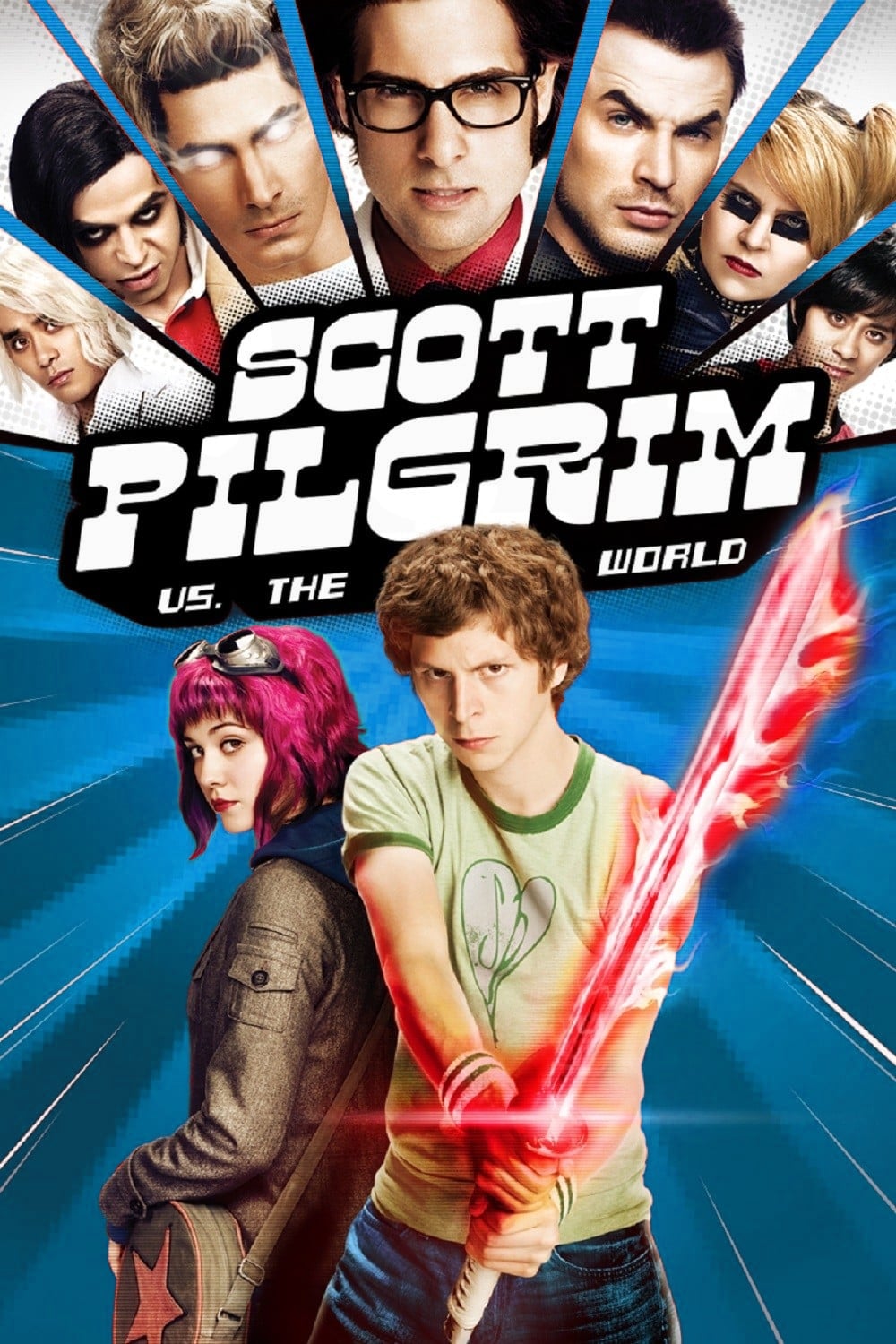
6. **Scott Pilgrim Vs. The World (2010)**:Ready for a movie that feels less like a traditional film and more like a vibrant, explosive comic book brought to life? Edgar Wright’s ‘Scott Pilgrim Vs. The World’ is precisely that, unequivocally ‘rewriting’ the rulebook for adapting graphic novels and visually inventive storytelling. With this groundbreaking film, Wright ‘leaned all the way into the things that make his directorial style so singular,’ crafting a cinematic experience unlike any other.
The film perfectly captured the chaotic, quirky, and stylized essence of Bryan Lee O’Malley’s graphic novels. Michael Cera, on ‘peak socially-awkward-Cera form as the put-upon protagonist who’s forced to face his new girlfriend’s (Mary Elizabeth Winstead) seven evil exes in a series of increasingly wild, video-game-inspired face-offs.’ The narrative felt less like a movie plot and more like navigating levels in an arcade game, complete with power-ups and boss battles.
What truly set ‘Scott Pilgrim Vs. The World’ apart was its groundbreaking ‘mixed-media aesthetics’ and an ‘endless pool of iconic quotes and playlist-essential tunes.’ Wright’s signature flourishes – ‘excellent needle drops, a poppy visual palette, whip-pans and whip-smart wit’ – were all cranked up to eleven. This created a vibrant, dynamic, engaging world that felt both fantastical and relatable to anyone navigating modern dating and self-discovery. The film created a visual language all its own.
Beyond its dazzling style, the film also boasted an ‘extraordinarily stacked ensemble’ cast, which in hindsight, reads like a roll call of future Hollywood heavyweights. Featuring pre-superstardom appearances from talents like Chris Evans, Brie Larson, and Aubrey Plaza, the film served as an early showcase for their immense comedic and dramatic potential. Their collective energy contributed significantly to the movie’s infectious charm and its status as a cult classic, with each actor fully committing to the heightened reality.
Its bold, innovative visual language and seamless integration of graphic novel elements directly into live-action cinema made ‘Scott Pilgrim Vs. The World’ a veritable game-changer for adaptations. It didn’t just translate a comic; it reimagined what a comic book movie could be, inspiring a generation of filmmakers to think outside the traditional cinematic box. This film wasn’t just ‘good garlic bread’; it was a whole new culinary experience that expanded the palette of what film could achieve, influencing a decade of visual storytelling.
Ready to continue our journey through cinematic history? If you thought the first six films blew your mind, buckle up, because Hollywood’s evolution didn’t stop there. We’re diving into another six masterpieces that didn’t just play by the rules; they tore them up, setting new trends, dramatically evolving existing genres, and leaving an immense cultural imprint that continues to resonate with audiences and filmmakers alike. These are the films that cemented their legacy by reshaping the industry and our expectations of what a movie can truly be.
Read more about: Rewind & Relive: 15 Iconic Movies So Good, You’ll Seriously Wish for a Time Machine to Watch Them Again!
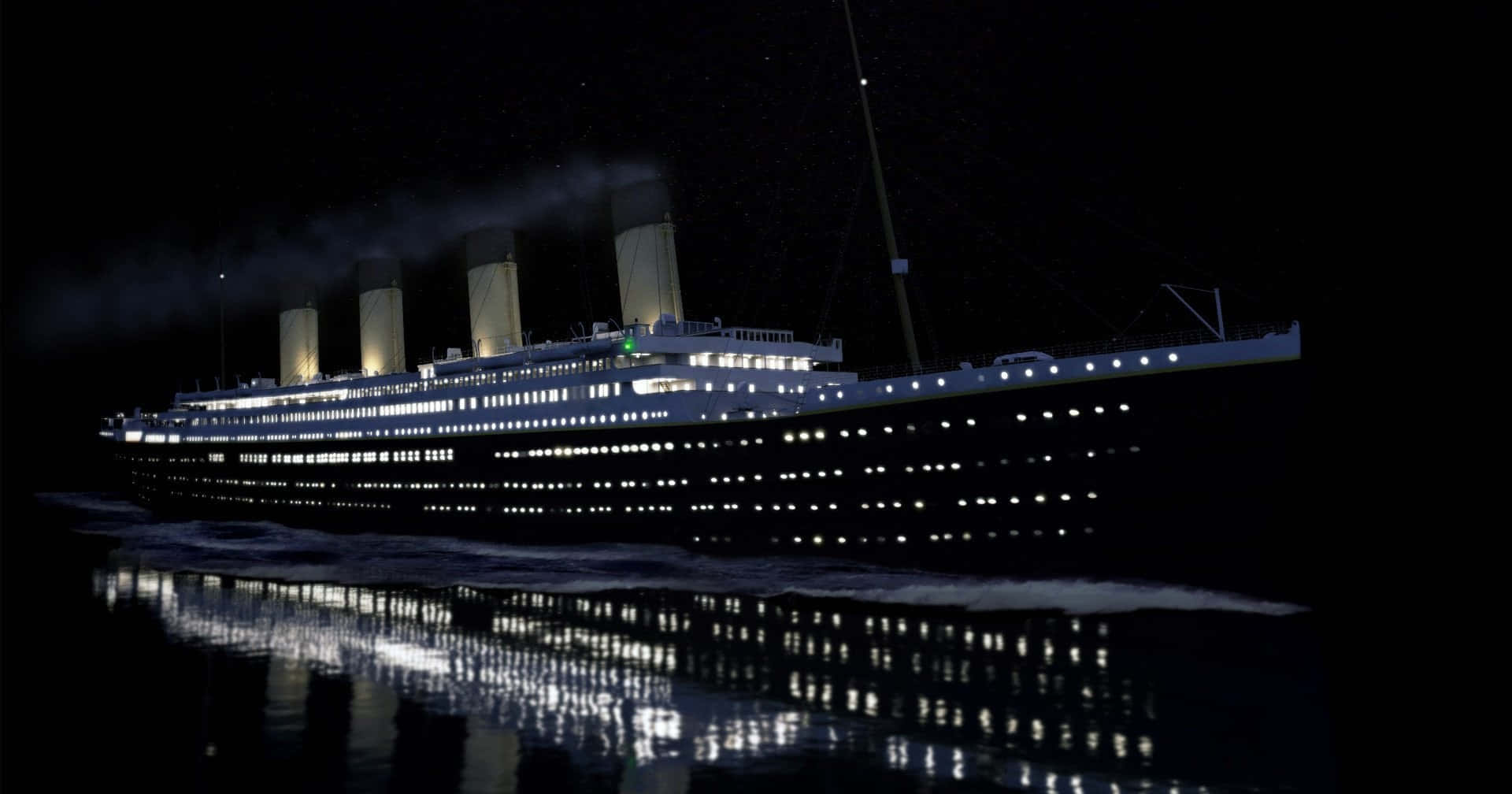
7. **Titanic (1997)**:When James Cameron’s ‘Titanic’ set sail in 1997, it wasn’t just a movie; it was a phenomenon, a cultural event that captivated the entire world and redefined the blockbuster. Described as an ‘epic romantic tragedy,’ it dared to merge a fictional love story with one of history’s most harrowing real-life disasters, creating a cinematic experience of unparalleled scale and emotional depth. It was a film that everyone had to see, becoming a touchstone in popular culture.
This was the movie that gave us iconic lines like ‘Paint me like one of your French girls,’ and the unforgettable power ballad ‘My Heart Will Go On,’ which became synonymous with the film’s soaring romance. The undeniable sparks flying between Leonardo DiCaprio and Kate Winslet as Jack and Rose, alongside Billy Zane’s portrayal of ‘the ultimate -eating grinning baddie,’ provided the emotional core that resonated deeply with audiences, making their forbidden love story unforgettable.
Cameron’s ambition with ‘Titanic’ was audacious, battling a difficult and overrunning shoot that led many to predict a ‘career-ending flop’ for the visionary director. Instead, it defied all expectations, transforming into ‘one of the most successful films of all time,’ dominating both the global box office and the Academy Awards. Its colossal success silenced critics and showcased a new frontier for epic filmmaking.
The film’s impact wasn’t just financial; it was deeply cultural. ‘Titanic’ proved that grand-scale historical dramas, infused with compelling romance and groundbreaking special effects, could capture the collective imagination like few films before. It set a new benchmark for what a blockbuster could achieve, blending spectacle with genuine heart and proving that audiences would flock to theaters for an experience that truly swept them away. As Cameron himself proudly declared, it made him ‘king of the world!’, and in many ways, that film crowned a new era for Hollywood.
Read more about: Critics Missed the Mark: 14 Successful Films That Defied Initial Scorn
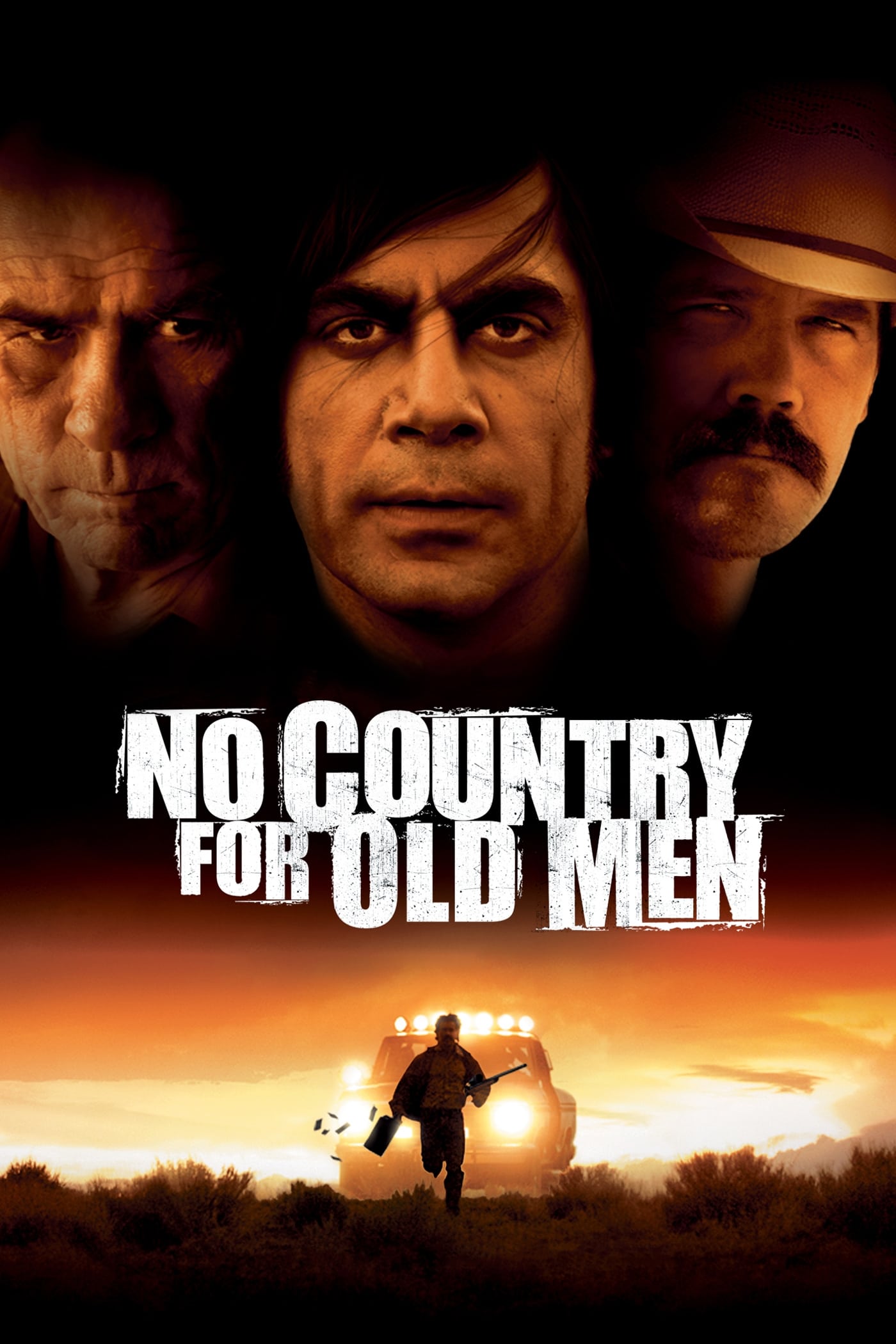
8. **No Country For Old Men (2007)**:Prepare for a cinematic journey that’s as tense as it is thought-provoking. The Coen brothers’ adaptation of Cormac McCarthy’s novel, ‘No Country For Old Men,’ wasn’t just another thriller; it was a profound meditation on morality and fate, melding McCarthy’s ‘existentialism’ with the Coens’ ‘signature brand of dark, violent filmmaking.’ It delivered a chillingly unique experience that stood apart from anything else in its genre, pushing the boundaries of what a crime drama could be.
The film’s narrative unfolds as a ‘tense, slow, and mysterious take on the chase movie format,’ meticulously crafted to immerse viewers in a world where good and evil are often indistinguishable. This masterpiece was ‘lensed immaculately by legendary DP Roger Deakins,’ whose cinematography bathed the desolate Texan landscape in a stark, unforgiving light that perfectly mirrored the story’s grim tone. It was a visual feast that enhanced the profound thematic weight.
At its heart, the movie gifted us one of cinema’s most terrifying villains: Javier Bardem’s ‘cold-blooded sociopathic killer Anton Chigurh.’ Chigurh wasn’t just a character; he was a force of nature, an embodiment of relentless, unfeeling evil whose chilling presence and coin-toss morality left an indelible mark on audiences. His performance was so impactful that it essentially cemented Bardem as Hollywood’s ‘go-to bad guy’ for years to come, a testament to the character’s profound influence.
Beyond the thrills, ‘No Country For Old Men’ thoughtfully grappled with deep philosophical questions, specifically ‘how — or even if — good people can ever hope to deal with a world that’s entirely gone to .’ It challenged conventional notions of heroism and justice, presenting a bleak, unromanticized vision of violence and its consequences. This unflinching honesty, combined with its unique narrative structure, profoundly evolved the crime genre, proving that a film could be both thrilling and intellectually rigorous.
The movie’s critical acclaim, including multiple Academy Awards, solidified its place as a groundbreaking work that merged literary depth with cinematic artistry. It redefined what audiences could expect from a Coen brothers film and from the neo-western genre, demonstrating that profound thematic exploration could coexist with gripping, visceral storytelling. Its legacy lies in its bold refusal to offer easy answers, leaving a lasting impression on how we perceive morality in a world devoid of simple heroes.
Read more about: Buyer’s Remorse: 12 Highly Flawed Collector Cars That Mechanics Refuse to Touch
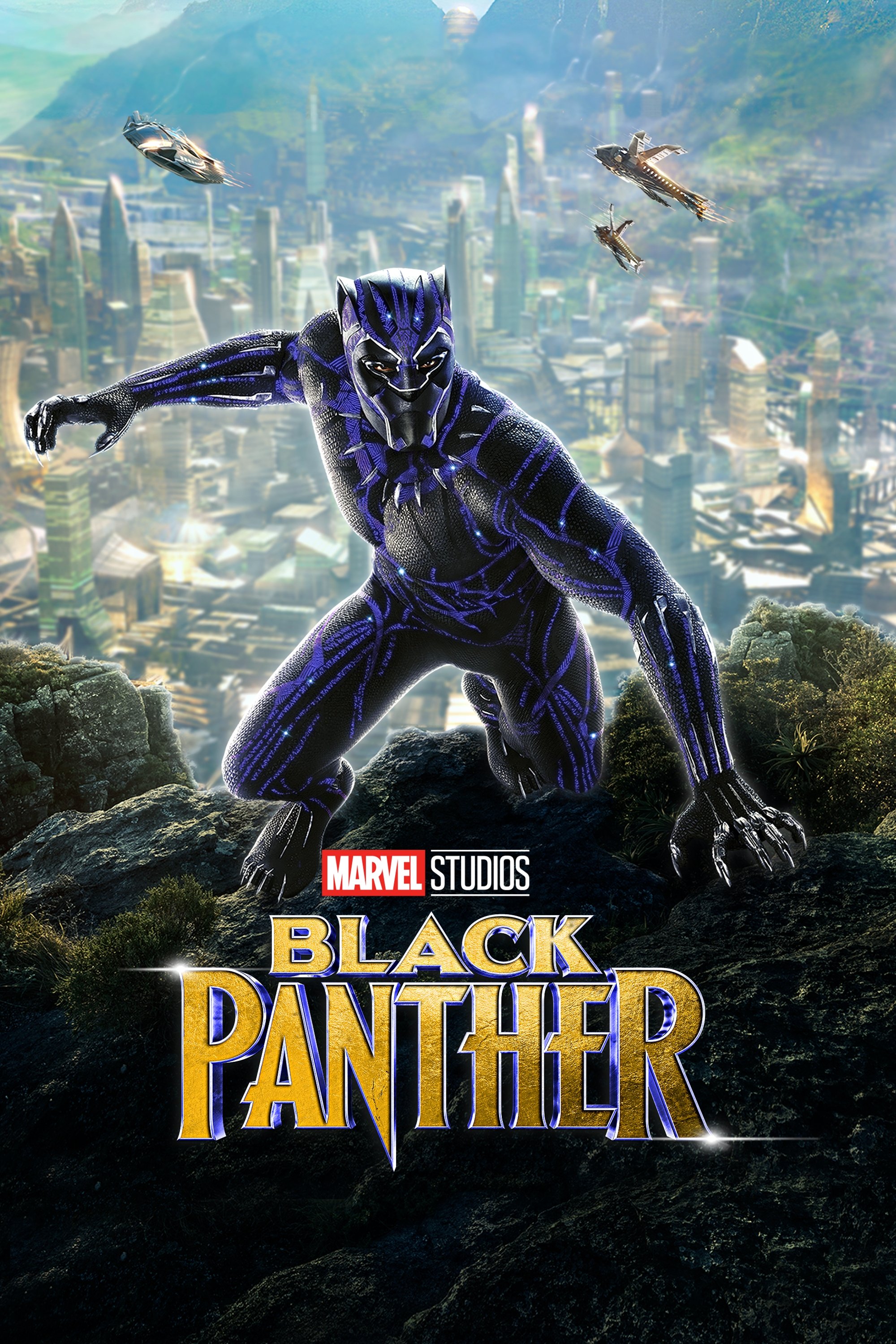
9. **Black Panther (2018)**:When ‘Black Panther’ exploded onto screens in 2018, it wasn’t just another superhero movie; it was a cultural phenomenon that reshaped the landscape of Hollywood and redefined representation. Impeccably directed by Ryan Coogler, this film allowed us to properly meet Chadwick Boseman’s T’Challa and witness ‘Wakanda in all its glory,’ presenting an ‘astonishing Afrofuturistic vision oozing cool, colourful regality’ that captivated audiences worldwide. It was truly a game-changer.
The film’s visual splendor was undeniable, featuring ‘Oscar-winning costume design,’ a ‘slew of stunning set pieces,’ and a ‘banger-filled soundtrack crying out for a fancy soundbar.’ Coogler’s ‘culture-rich canvas’ was not merely aesthetic; it was deeply ingrained in the narrative, creating a vibrant, lived-in world that was both technologically advanced and rooted in rich heritage. This created an immersive experience that had audiences clamoring for more.
What set ‘Black Panther’ apart was its ‘mercurial narrative blend of pulsating espionage thriller and family saga,’ ensuring that the movie possessed ‘real substance’ beyond its dazzling surface. The characters were complex, the stakes were high, and the story explored themes of legacy, duty, and cultural identity with a depth rarely seen in the genre. Its ability to weave profound messages into a blockbuster format was truly revolutionary.
Soaring to ‘billion dollar-plus box office takings,’ ‘Black Panther’ proved that diverse storytelling could achieve massive commercial and critical success. Its ‘cultural impact cannot be understated,’ breaking down barriers and inspiring millions by showcasing a powerful, technologically advanced African nation and a compelling Black superhero. After Chadwick Boseman’s untimely passing, ‘the film endures as the defining role for a truly remarkable talent,’ cementing its legacy as more than just a movie, but a movement that inspired a generation.
‘Black Panther’ didn’t just join the superhero canon; it expanded it, pushing the genre to new heights of cultural relevance and artistic ambition. It challenged Hollywood to embrace more inclusive narratives and demonstrated the immense global appetite for stories that reflect a wider spectrum of human experience. This film undeniably altered the trajectory of superhero cinema, leaving an indelible mark on how these stories are told and perceived.
Read more about: Beyond the Hype: 14 Films That Absolutely Blew Our Expectations Out of the Water
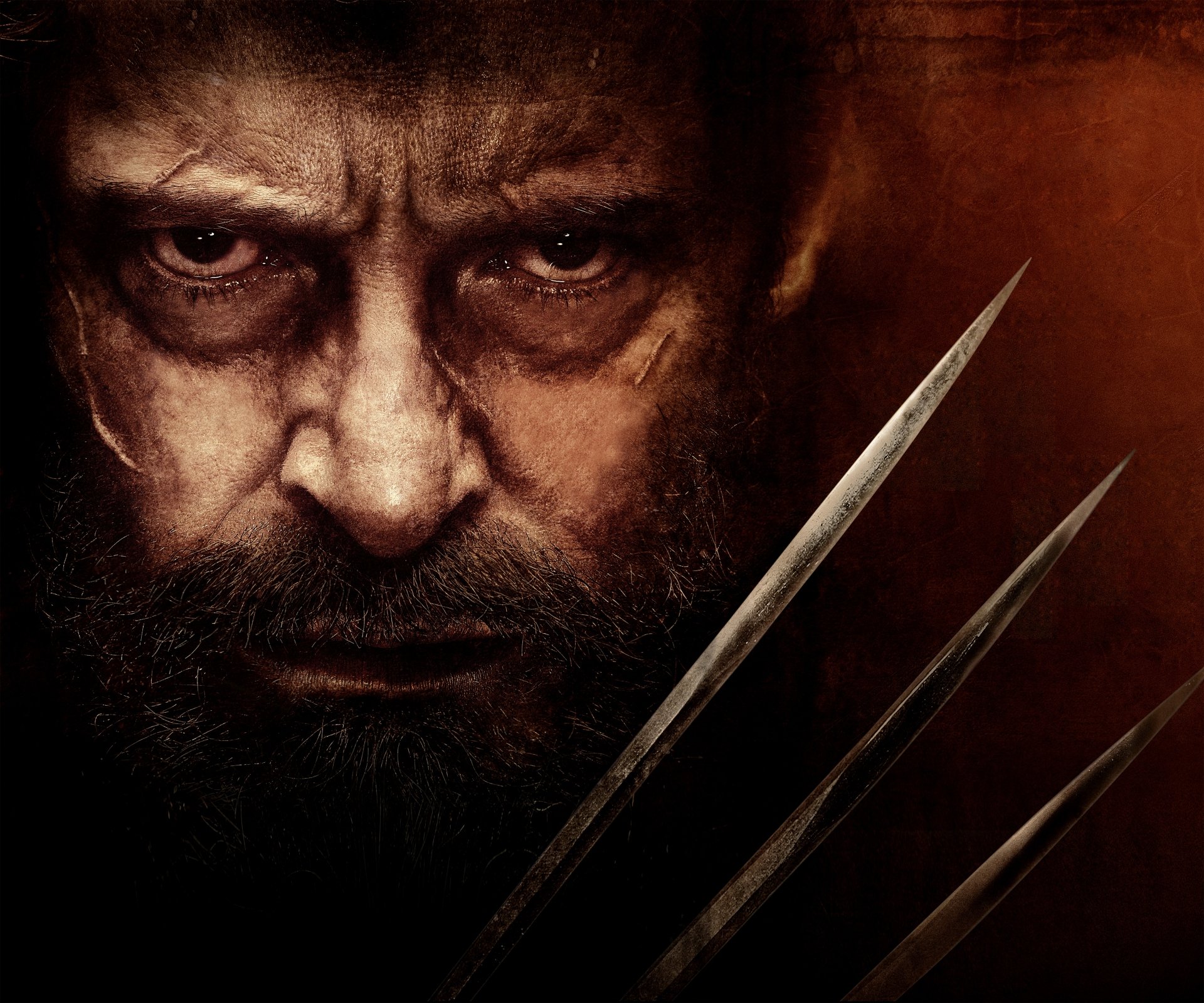
10. **Logan (2017)**:For those who thought they knew what a superhero movie could be, ‘Logan’ arrived in 2017 and utterly ‘rewrote’ the script. This isn’t your typical spandex-clad, city-saving extravaganza. Instead, under the direction of a ‘never-better James Mangold,’ Hugh Jackman delivered a poignant, gritty, and ultimately perfect send-off, truly allowing him to ‘punch out the clock on playing Wolverine’ in a way that resonated deeply and profoundly with audiences.
Set in a ‘dark near-future world where an aging Logan is caring for a mentally unstable Professor Xavier,’ the film bravely ventured into mature, emotional territory. It consciously ‘takes cues from Western greats such as Shane,’ infusing the superhero genre with the melancholic, world-weary spirit of a classic frontier epic. This narrative choice was revolutionary, grounding the fantastical powers in a deeply human, almost tragic, reality.
‘Logan’ dared to explore themes of mortality, legacy, and violence in a way that few superhero films had before. It showcased Wolverine not as an invincible hero, but as a scarred, vulnerable figure wrestling ‘with his mortality and history of violence.’ The film’s unflinching portrayal of brutality and its emotional honesty made for a visceral and heartbreaking viewing experience, challenging the very definition of a comic book adaptation.
The performances from Jackman, Patrick Stewart, and newcomer Dafne Keen as Laura (X-23) were raw and powerful, elevating the film beyond genre conventions. ‘A truly original superhero tale that is mournful without being morbid,’ it offered a rich character study that resonated with both long-time fans and new viewers. This wasn’t just an action film; it was a dramatic tour de force that pushed the boundaries of what a superhero story could achieve.
Ultimately, ‘Logan’ served as ‘the perfect end to Logan’s story,’ leaving an emotional impact that few blockbuster films achieve. It proved that superhero movies could be profound, artistic, and deeply human, inspiring a new wave of darker, more character-driven comic book adaptations. Its influence is still felt, having successfully ushered in an era where studios are more willing to take creative risks with beloved characters, forever changing the trajectory of the genre.
Read more about: Beyond the Hype: 14 Films That Absolutely Blew Our Expectations Out of the Water

11. **Shaun Of The Dead (2004)**:Before its release, who would have thought a ‘zom-rom-com’ could be a genre-defining masterpiece? Yet, Edgar Wright’s ‘Shaun Of The Dead’ burst onto the scene in 2004, unequivocally ‘rewriting’ the rules for horror-comedy and British filmmaking. His ‘proper feature directorial debut’ was made ‘with real genre nous and a distinctly British sense of humour,’ delivering a refreshingly original take on the undead apocalypse that delighted critics and audiences alike.
The film brilliantly navigated the precarious balance between side-splitting laughter and genuine horror. It managed to strike ‘the perfect balance between laugh-out-loud comedy and seriously gruesome undead horror,’ ensuring that every punchline landed and every zombie encounter genuinely thrilled. This blend was revolutionary, proving that a film could be both hilarious and terrifying without compromising either aspect.
At its core, ‘Shaun Of The Dead’ showcased the undeniable chemistry and ‘star-making, side-splitting performances’ of Nick Frost and Simon Pegg. Their portrayal of two lovable, slacker friends navigating an unexpected zombie invasion grounded the outlandish premise in relatable human emotion and humor. From its ‘perfectly synchronised ‘Don’t Stop Me Now’ zombie beatdown’ to Wright’s ‘go-for-broke gonzo approach to shooting and editing,’ every element clicked into place.
This wasn’t just a parody; it was a meticulously crafted love letter to the zombie genre, while simultaneously injecting it with fresh energy and wit. Wright’s command of visual storytelling, his signature quick-cut editing, and his clever use of foreshadowing created a film that was both homage and innovation. It demonstrated that independent British cinema could compete on a global stage with a unique voice and style.
‘Shaun Of The Dead’ single-handedly invigorated the zombie genre, paving the way for a new wave of creative, often humorous, takes on the undead. Its success demonstrated the power of original screenplays and strong directorial vision, influencing countless horror-comedies and proving that genre conventions could be playfully subverted for maximum entertainment. As its fans might say, ‘Fuck-a-doodle-doo!’ — it truly changed the game.
Read more about: Beyond the Hype: 14 Films That Absolutely Blew Our Expectations Out of the Water
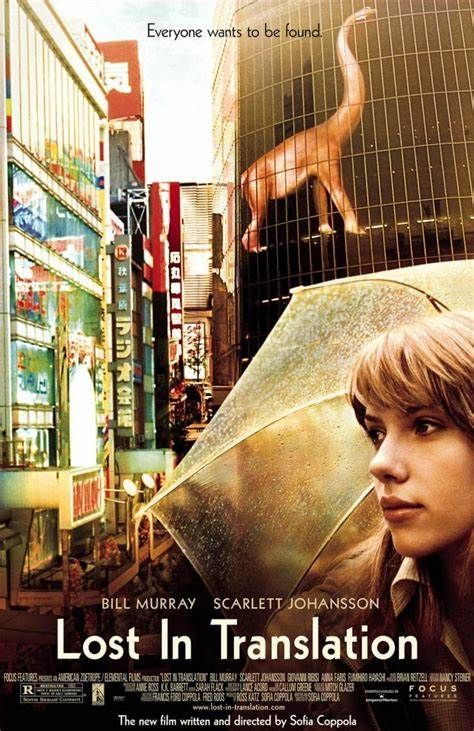
12. **Lost In Translation (2003)**:In 2003, Sofia Coppola delivered a film that resonated with quiet profundity, ‘Lost In Translation.’ With her sophomore feature, she took a familiar premise – ‘two strangers cross paths in a foreign place’ – and transformed it into a ‘mesmerising mumblecore anti-romance’ that captivated audiences with its subtlety and emotional authenticity. It bravely redefined the romantic comedy by focusing on connection rather than conventional romance, influencing a generation of indie filmmakers.
The heart of the film lies in the ‘ineffable chemistry’ between Scarlett Johansson as the ‘listless college grad Charlotte’ and Bill Murray as the ‘world weary actor Bob.’ Both delivered ‘beautifully understated performances’ that captured the essence of their characters’ shared loneliness and unspoken understanding. Their ‘geographic and emotional sense of dislocation in Tokyo’ served as a powerful backdrop that both brought them together and, poignantly, kept them apart.
Coppola’s masterful direction created an atmosphere of quiet introspection and melancholic beauty. The film’s observational style, coupled with its gorgeous cinematography, perfectly conveyed the feeling of being adrift in a bustling foreign city. Moments like ‘that karaoke scene’ became instantly iconic, showcasing the film’s ability to find profound human connection in seemingly mundane or humorous situations.
What truly cemented ‘Lost In Translation’ as a groundbreaking film was its nuanced exploration of companionship and fleeting intimacy. It skillfully depicted a bond that transcended typical romantic tropes, focusing instead on the shared vulnerability and understanding between two souls. The unforgettable ‘ending, in which Bill Murray’s Bob whispers words we never hear into Charlotte’s ear, is an all-timer,’ leaving audiences to ponder the true nature of their connection and its lasting impact.
‘Lost In Translation’ proved that intimacy and emotional depth could be found in the unspoken, the understated, and the fleeting. It was a film that championed a different kind of love story, one that didn’t rely on grand gestures but on shared moments of vulnerability and understanding. Its unique narrative and stylistic choices significantly influenced independent cinema, inspiring filmmakers to explore complex human relationships with a refreshing blend of humor, melancholy, and genuine emotion, forever altering our perception of what a romantic drama could achieve.
Read more about: The 2000s Indie Revolution: Unpacking 15 Cinematic Gems That Defined a Decade of Artistry and Impact
As we bring our cinematic odyssey to a close, it’s clear that the films we’ve explored are more than just entertainment; they are monuments to creativity, courage, and vision. Each one, in its unique way, challenged the status quo, pushed artistic boundaries, and sparked conversations that echoed far beyond the theater walls. From redefining genres to tackling societal norms, these 12 films didn’t just tell stories; they rewrote the very narrative of Hollywood itself, leaving an indelible legacy that continues to inspire, surprise, and move us, proving that the magic of movies truly has no limits.

